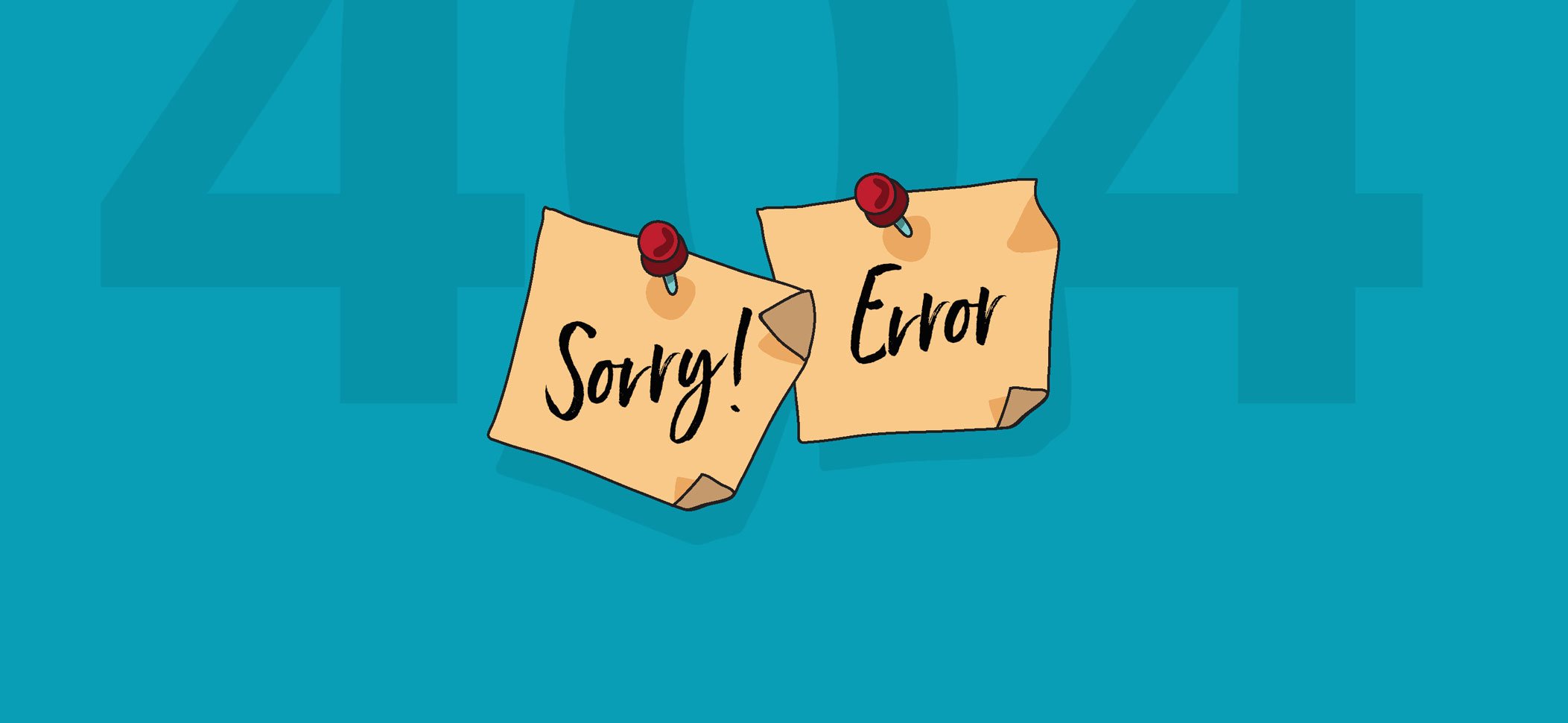
28 Cleverly Funny & Creative 404 Error Pages
Whether you’re new to the web or an avid user that’s been using the Internet for years, at some point we’ve all stumbled upon one of those annoying 404 error pages!
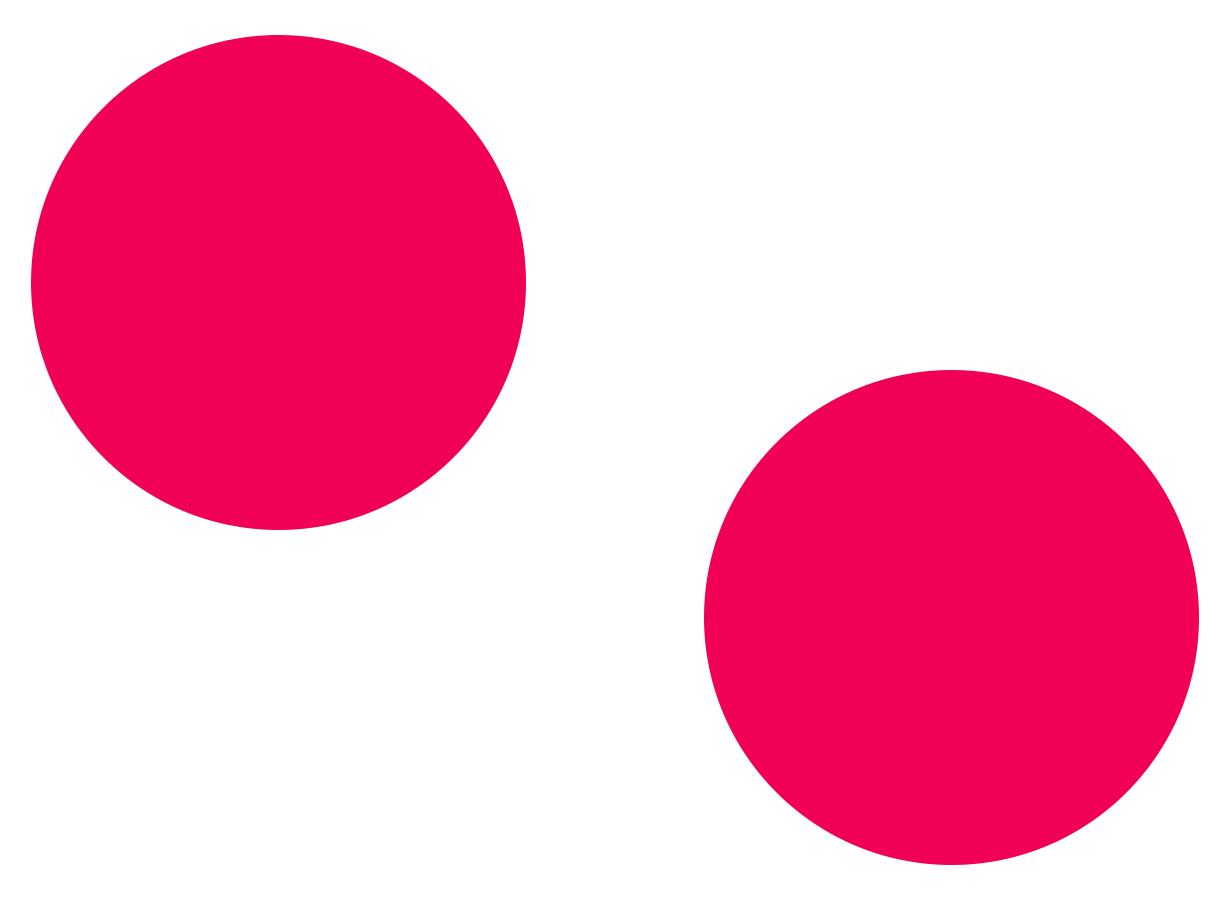
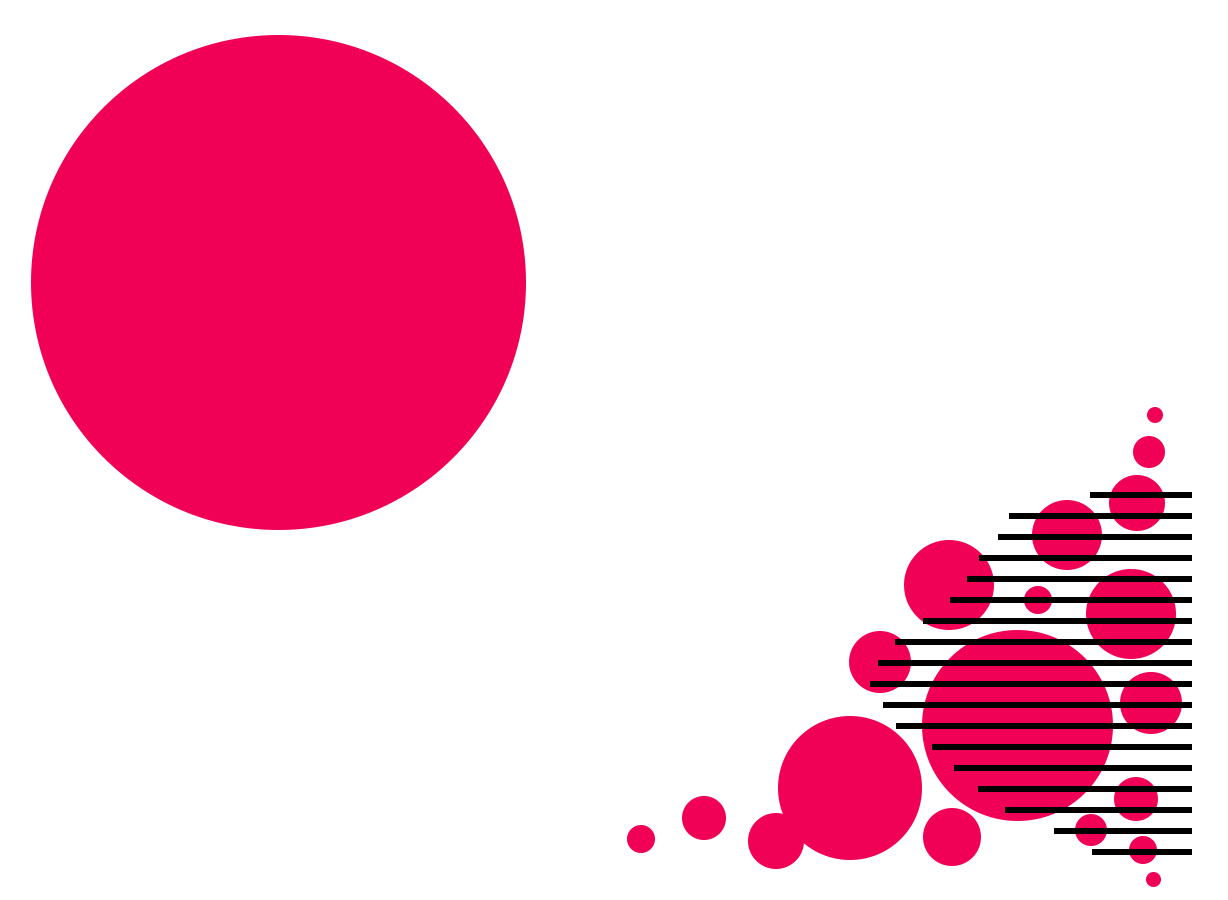








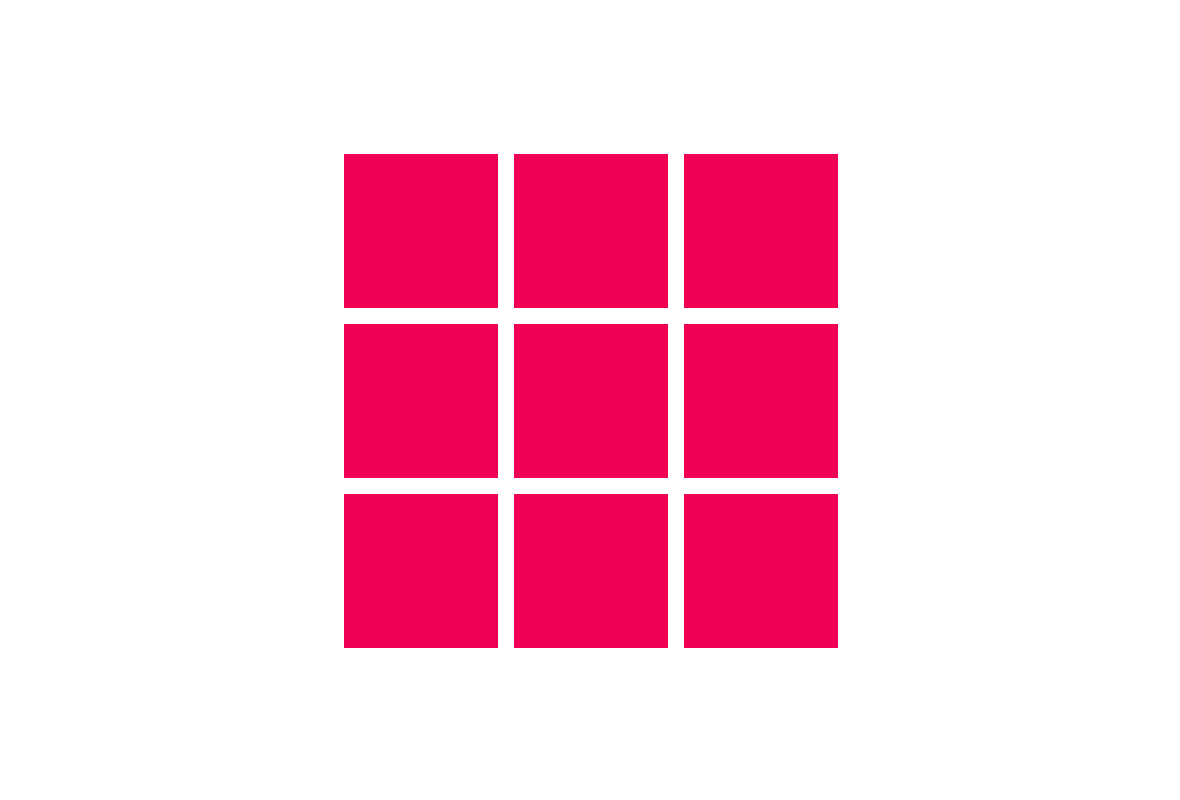

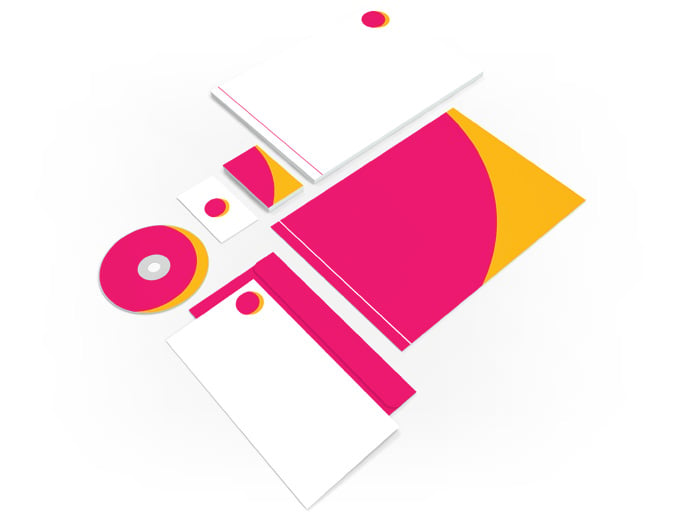



Whether you’re new to the web or an avid user that’s been using the Internet for years, at some point we’ve all stumbled upon one of those annoying 404 error pages!

Web design continues to evolve to suit the ever-changing needs of different audiences. Emerging trends focus on streamlined web design but with more powerful and sophisticated functionality.

If you’re looking to build and develop websites, you’ll want a robust platform that’s reliable, flexible, and adaptable to the needs of the business. Although there is a long list of website builders out there, it can’t be denied that WordPress ticks all the right boxes when it comes to features and benefits.
